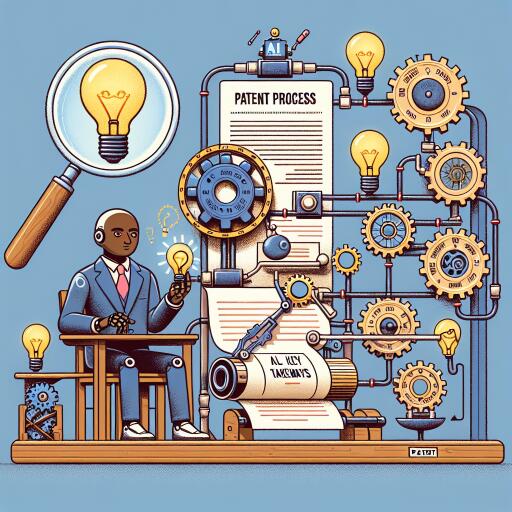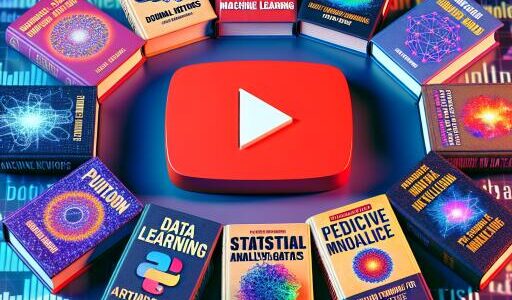USPTO Inventorship Guidance For AI-Assisted Inventions: Key Takeaways
In an era where artificial intelligence (AI) plays a significant role in innovation, the United States Patent and Trademark Office (USPTO) has provided critical guidance on how inventorship should be determined for AI-assisted inventions. This guidance comes amid increasing uses of AI in the patent application process and raises important considerations for inventors and patent practitioners alike. Here are the key takeaways from the USPTO’s guidance and what they mean for the future of patenting AI-assisted inventions in the United States.
Inventorship Must Involve a Natural Person
A landmark decision on April 22, 2020, set the stage for the USPTO’s stance on AI and inventorship. The Thaler v. Hirshfeld case, subsequently affirmed in Thaler v. Vidal by the Federal Circuit, established that under current US patent law, only natural persons can be named as inventors. This ruling effectively bars AI systems from being credited as inventors on US patents and patent applications.
AI-Assisted Inventions and Inventorship
However, the USPTO clarifies that the use of AI systems in the invention process does not preclude the patentability of such inventions for improper inventorship. Natural persons can still qualify as inventors even when an AI contributes to the invention, provided they make a “significant contribution” to the creation of the invention. This significant contribution requirement does not demand involvement in every claim of the application but does necessitate at least one named inventor for each claim.
Defining “Significant Contribution”
The guidance refrains from setting a strict rule on what constitutes a significant contribution, instead offering principles derived from the landmark case, Pannu v. Iolab Corp., to aid in inventorship analysis. These principles serve as a framework for evaluating the contributions of individuals in the context of AI-assisted inventions.
Illustrative Examples
To further elucidate the application of these principles, the USPTO provides two examples: one involving the use of AI to design a transaxle for a remote-controlled car, and another where AI predicts the interaction strength of drug-target pairs for cancer treatment. These examples demonstrate how to assess, on a claim-by-claim basis, whether a natural person’s contributions to an AI-assisted invention are significant enough to warrant inventorship.
Looking Ahead
As the boundary between human and machine-generated innovations continues to blur, understanding and documenting the contribution levels of individuals working with AI systems becomes crucial. This documentation not only aids in determining inventorship but also evaluates the patentability of AI-assisted inventions. Inventors and patent practitioners should closely monitor further guidance from the USPTO and ensure that their documentation practices account for the nuances highlighted in the current guidance.
The USPTO’s guidance marks an important step in addressing the evolving role of AI in the patent landscape. As technologies advance and the use of AI in the invention process becomes more prevalent, the principles and examples provided by the USPTO offer valuable insight into navigating the complexities of inventorship in the AI age.










